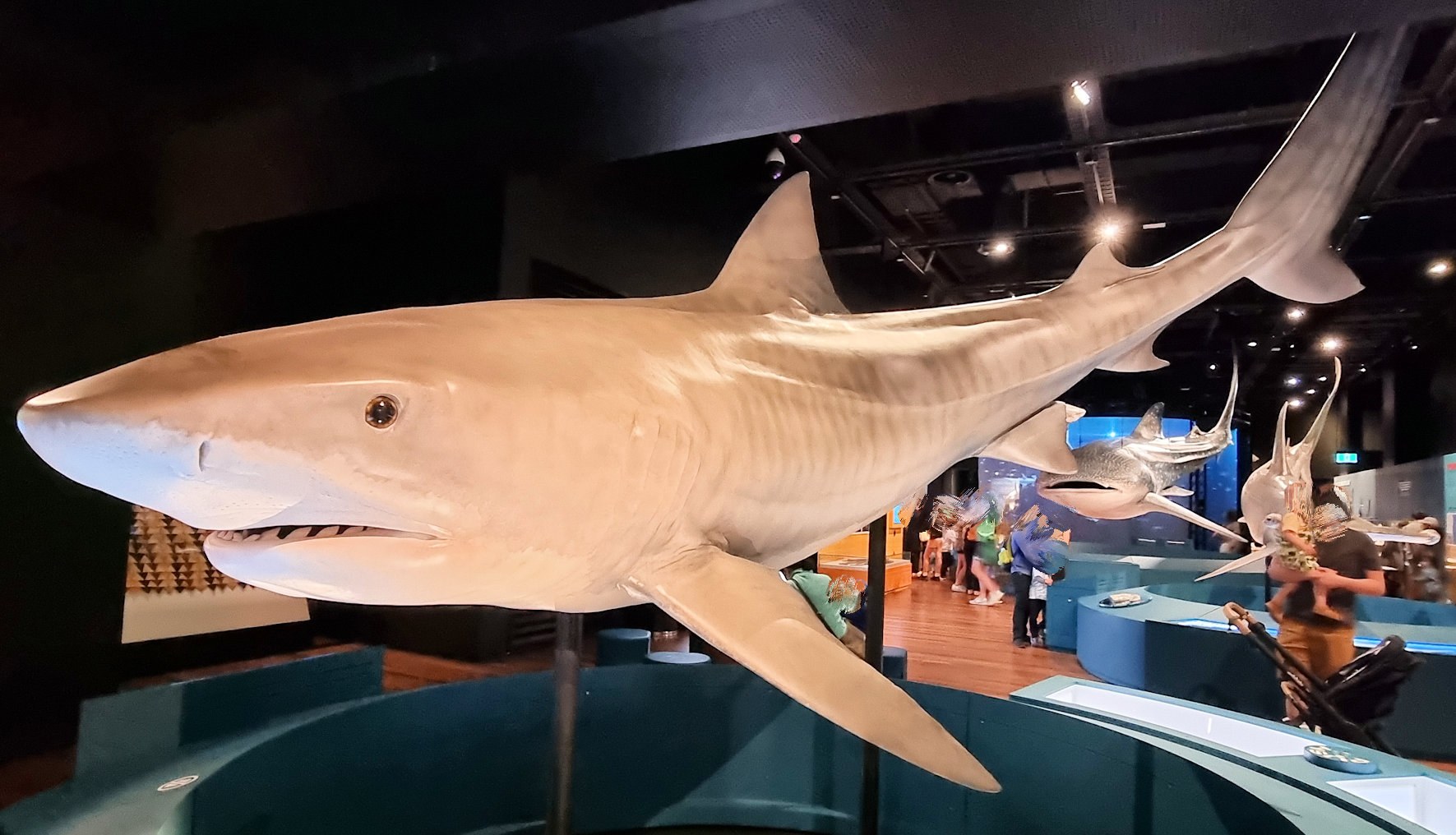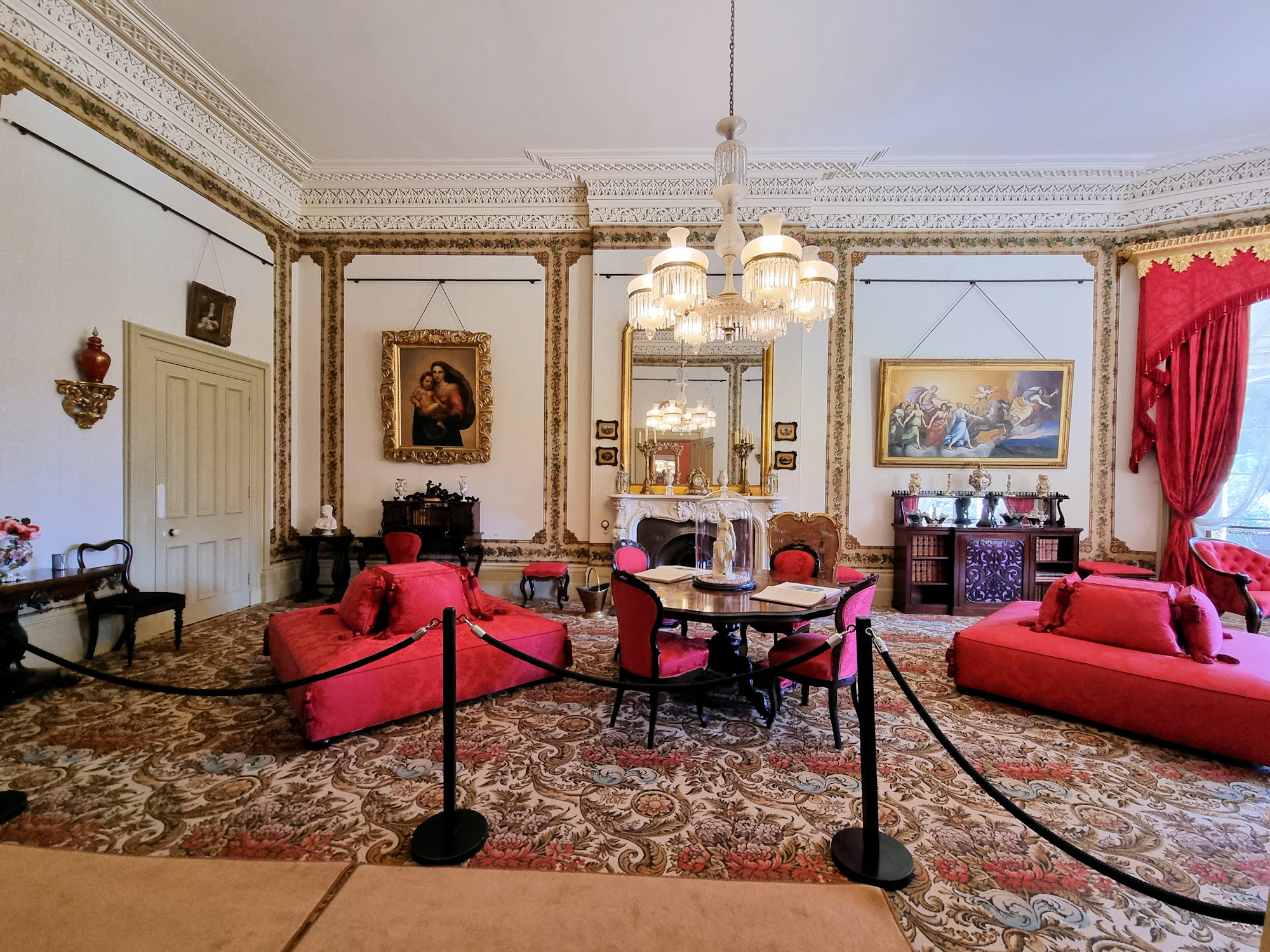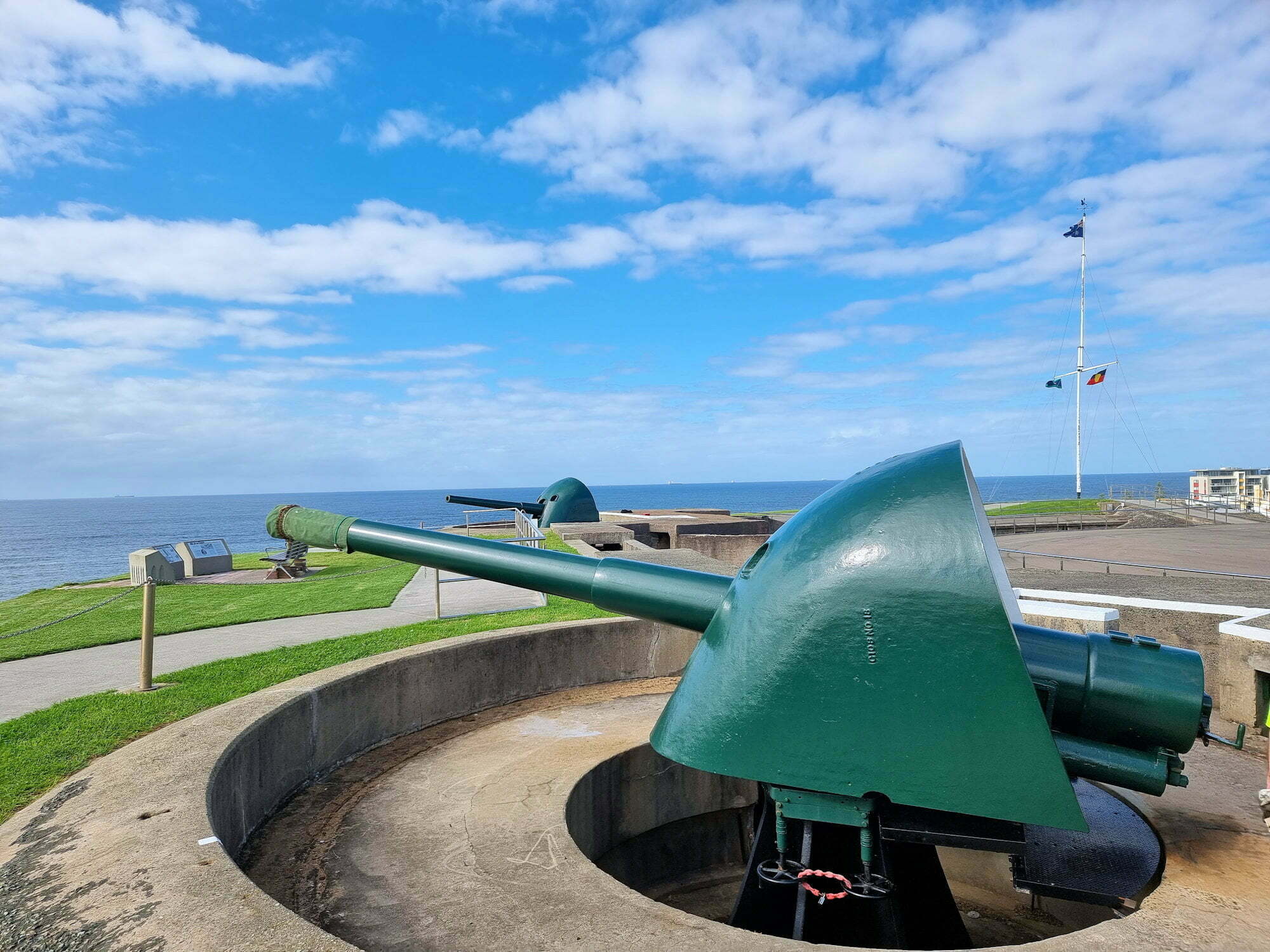Tag: museum
-
Sharks Australian Museum

Sharks at the Australian Museum Running until January 2023, the Sharks Exhibition at the Australian Museum is a fascinating display detailing everything you would want to know about sharks. From their origins and evolution, to their interactions with humans and the threats to their future, this is a very educational exhibition. The Displays Most of… Read more
-
Vaucluse House Sydney Historic Home

Vaucluse House Sydney Completed between 1803 and 1839 in the Gothic Revival style, Vaucluse House is one of the few remaining colonial mansions in Sydney still surrounded by its original gardens and wooded grounds. Purchased by colonial explorer, barrister and politician William Charles Wentworth in 1827, it was expanded from a simple cottage to a… Read more
-
Fort Scratchley Newcastle

Fort Scratchley Newcastle No longer used by the military, Fort Scratchley is now a memorial to the servicemen and women who served there. During World War Two, the Japanese submarine I-21 attempted to shell Newcastle and the BHP Steel Works. Fortunately most of the shells missed or failed to explode with no-one hurt and only… Read more